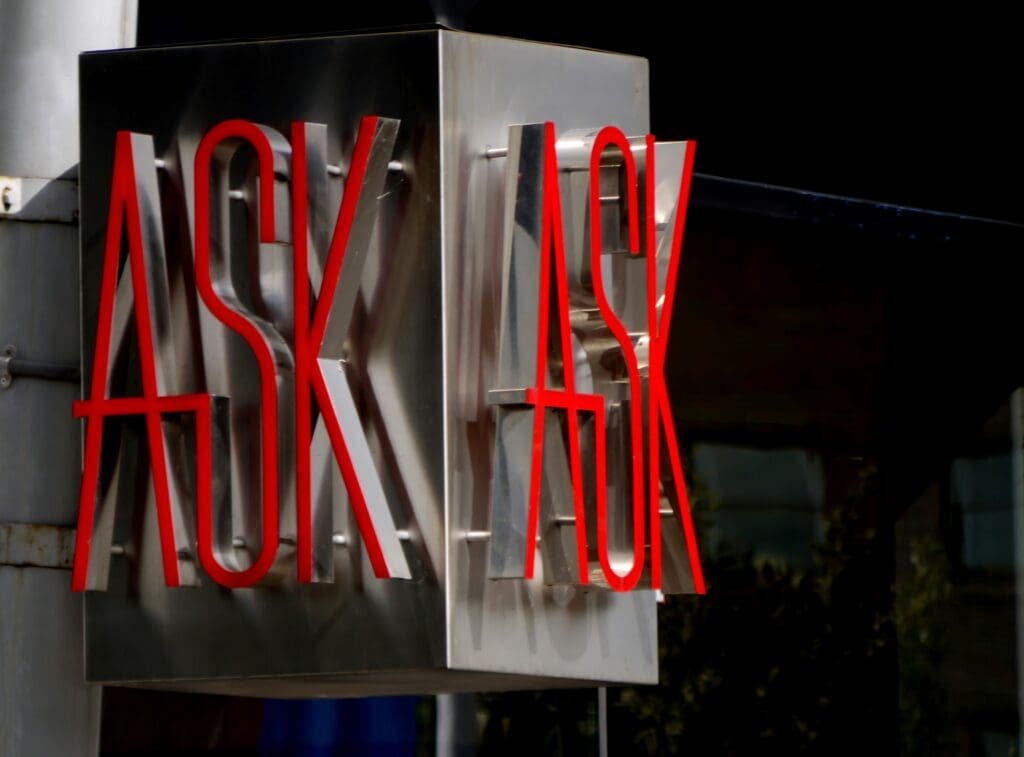How to Write the Perfect Marketing RFP

As an agency, we see a lot of RFPs, or requests for proposals, from external companies requesting our services. Companies send RFPs out for any help they may need in just about any industry.
The goal in sending an RFP should be to attract quality service-providers while reducing wait time, so you can complete projects more efficiently without sacrificing quality. Your RFP needs to be clear and compelling enough to obtain responses that truly match your needs. Crafting the right RFP will have a significant impact on how agencies respond, and ultimately the options you have to select from to fill your needs. Before you sit down with your team to complete your next RFP, consider the following suggestions.
The Basics
Your readers, the prospective service providers, should be able to easily understand exactly what you’re looking to accomplish. It should include answers to the basic, yet essential, questions regarding your project:
- Details about the organization (who you are, what you do, competitive advantages, value propositions, mission, etc.)
- Target market (ICPs, buyer personas, etc.)
- Objectives of the engagement
- Details of what you’re looking to accomplish
- Expected timeline
- Budget
Collaborate Internally
Work internally to be able to articulate what you’re trying to solve for in order to recognize the kind of solution you’re looking for. Also, think through potential options with your leadership to prioritize potential solutions: must-haves, nice-to-haves, or outside of scope items. Oftentimes, what’s expected among the marketing team may not match the expectations of the executive leadership team.
Focus on Format
Agencies expect that your proposal requests will be easy to read and understand. Your organization of each section can make a huge difference; you want your RFP to flow smoothly, taking providers on a journey that leads to an identifiable outcome. Try adding cover pages or a table of contents to aid in overall organization and readability. Not only will the service provider better understand your needs and their origins, but you’ll be less likely to leave out important information.
Be Transparent
Don’t be afraid to be vulnerable, specifically in these sections: background and context, problem identity, and expected outcome and goals. Add context to provide clarity. If the genesis of the RFP is a problem that needs solving, paint a picture of what life at your company looks like now in context of the problem and how you got to this point. How is this problem impacting business, and how might a solution change those circumstances? If your RFP derives from a new vision, direction, or an added idea, paint a picture of that vision. Make your hopes and dreams clear. Responses will be significantly influenced by the way you describe the situation at hand. The clearer your problem is stated, the better that providers can formulate and communicate how their solution will meet your exact needs.
Add Customization
Creating an internal RFP template is undoubtedly a time-saver, but be wary that generalizing your RFP can hurt the quality of your responses. If it’s clear that you didn’t put critical thought to the RFP — instead passively filling out a template — providers can grow frustrated. Instead, make sure each RFP is customized as much as possible in order to inspire responses and not prevent providers from seeing the details of the situation authentically.
RFPs can be time consuming, but the fate of your proposed solutions rests in large part in the effort put into crafting your request. Though the work may be arduous, the reward comes in finding the right provider for your business and the right solutions to your problems.





